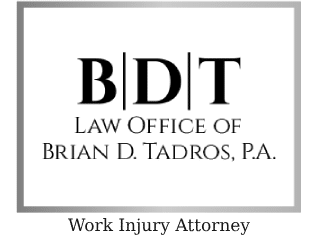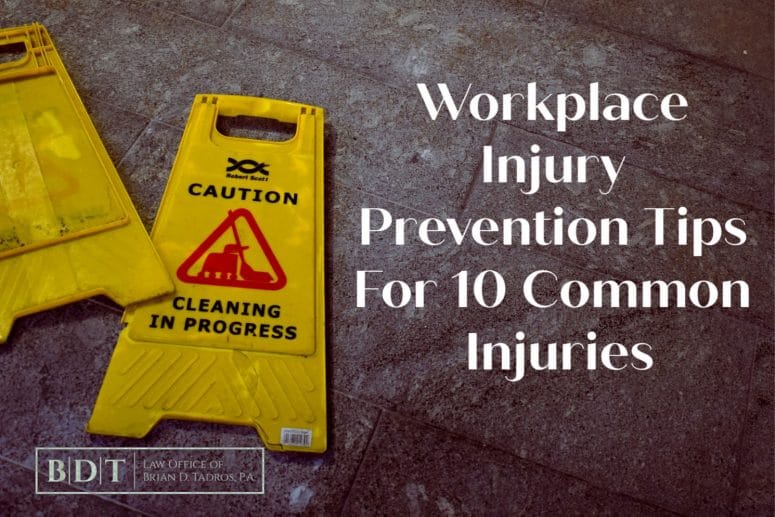
As a business owner, you’ve spent years building a staff that does their work well and coordinates as a team. Anything that threatens that balance—such as a workers comp claim—should be avoided.
Workplace accidents and injuries not only affect your insurance premiums, they can have a devastating impact on productivity. Workplace injury prevention is just good business practice.
Here are the 10 most common workplace injury examples, plus some steps you can take—as an employee or a supervisor—to avoid tragedy and maintain a safe work environment.
1. Slips, Trips, and Falls
According to the National Safety Council, slip-and-fall accidents are responsible for 25% of all work-related injuries, regardless of industry.
Slips, trips, and falls are some of the most common workplace injuries because they can occur in so many different ways. A puddle on the floor of a restaurant kitchen, an unstable ladder, an unsecured rug—any of these safety hazards have the potential to disrupt an orderly workplace.
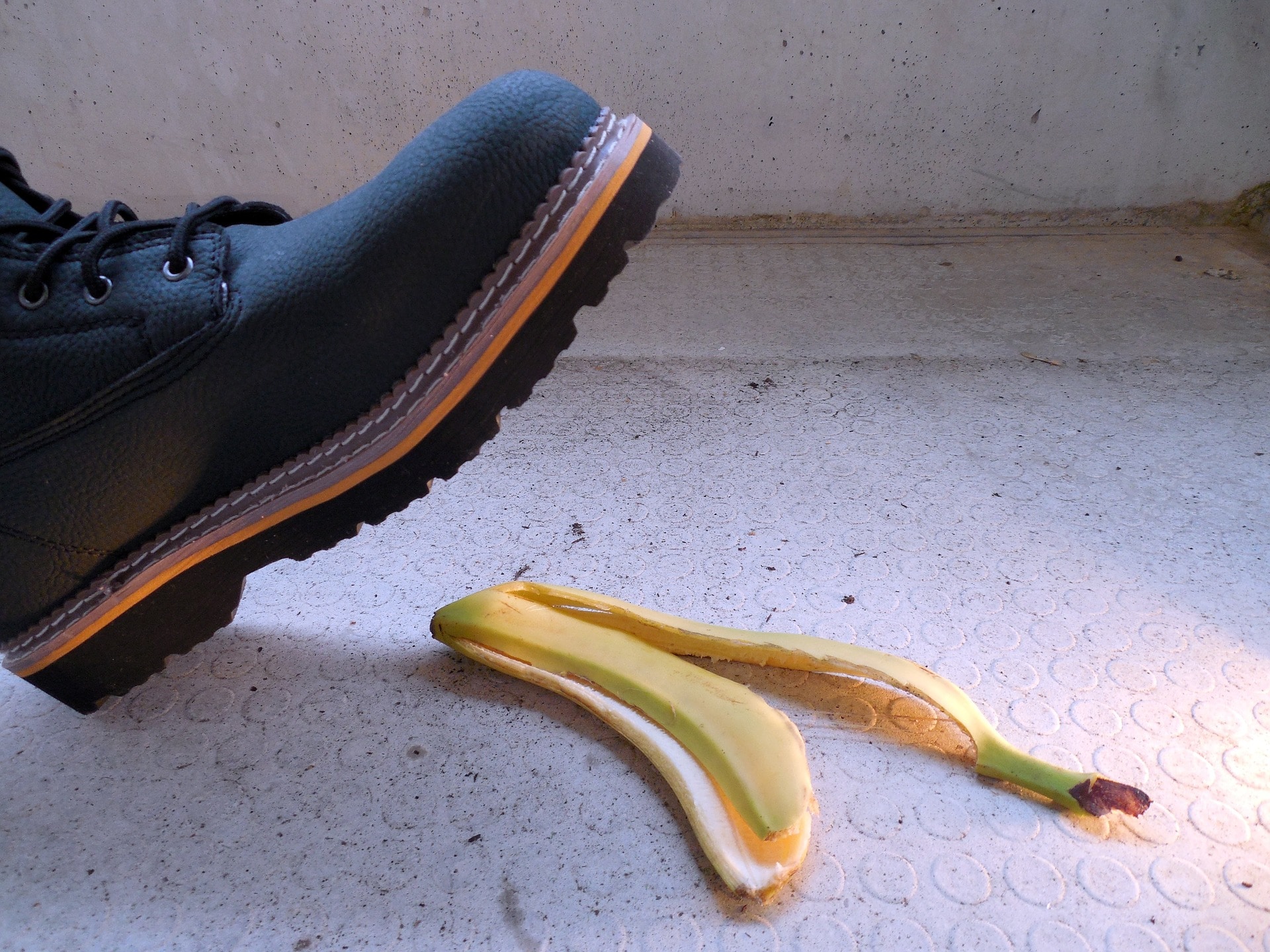
This is a shame, because slip & fall accidents are relatively easy to prevent. Here are some steps you can take to prevent fall-related injuries at work.
- Keep floors clear of clutter, debris, and spills.
- Make sure work areas are well lit.
- Maintain the work environment and repair hazardous areas.
- Install signs that warn employees of potential workplace hazards.
- Wear proper shoes.
- Add non-skid floor coverings in high-risk areas.
- Make sure there are adequate handrails on stairways.
Perform a “slip & fall” audit of the work environment to identify any hazards. This will help you create an easy-to-follow to-do list for good workplace injury prevention.
Injured at Work In Florida?
2. Cuts and Lacerations
It’s not only machinists and restaurant workers that need to worry about getting cut on the job. Retail employees are especially vulnerable to cuts and lacerations at work, as they are typically under a time-sensitive deadline (especially for seasonal employment during the holiday season) and rarely receive formal training on how to handle a box cutter safely.
The majority of workplace cuts and lacerations can be prevented by properly training employees on how to work with knives, box cutters, scissors, and other sharp objects.
- Keep cutting edges sharp; dull knives require more force, which can cause the blade to slip.
- Store cutting implements safely when not in use.
- Wear properly fitting protective gloves.
- Remind employees not to rush.
- Train employees to pull box cutters toward them (instead of pushing away) to open boxes.
When it comes to cuts and lacerations, the main responsibility of injury prevention lies with your employees. Reminding them of proper workplace safety will reduce accidents and injuries, claims, and time off from work.
3. Muscle Strain
Muscle strain is a very common injury in the manufacturing industry, but any job position runs the risk of pulling your back out. Even moving a box of copy paper out of the supply room can cause a serious injury.
In fact, it’s typically workers in these more “office-related” environments that are more prone to injury, workplace safety training isn’t typically part of employee on-boarding.

- Encourage employees to stretch or do warm-up exercises before shifting heavy objects. Warming muscles and tendons decreases the risk of strains and sprains.
- Provide ergonomic equipment to make lifting and moving heavy objects easier.
- Provide mechanical assistance when needed (i.e. forklifts, carts, etc.)
- Train employees on proper lifting technique.
- Set a 51-lb. per person weight limit on lifting objects.
4. Machine Entanglement
It’s both unfortunate and counterintuitive that the more experience someone has working on a machine, the more prone they are to injuring themselves on it. More experienced employees tend to exercise less caution and, naturally, lack of caution increases the likelihood of an injury.
Becoming entangled in heavy machinery can lead to amputation and even death (far more serious injuries than a slip on a wet floor).
Make sure all machine workers follow these safety guidelines at all times:
- Avoid wearing loose clothing and/or jewelry. Long sleeves, necklaces, and other items can be easily “grabbed” by a machine’s parts.
- Wear long hair up in a bun. Loose hair, even ponytails, can easily become entangled in a machine.
- Steer clear of heavy machines while they are in operation. Do not try to climb over, under, or around them until they have been shut off.
- Make sure all stop-time measurements are accurate and remind employees to wait the proper length of time after the machine is turned off before attempting to work on it.
Make sure all machine workers, including the experienced ones, are aware of the potential dangers of their equipment and take proper precautions to promote health and safety.
5. Collisions
Traffic vehicles aren’t the only things responsible for collision injuries. Any vehicle—from forklifts to handcarts—can cause an accident.
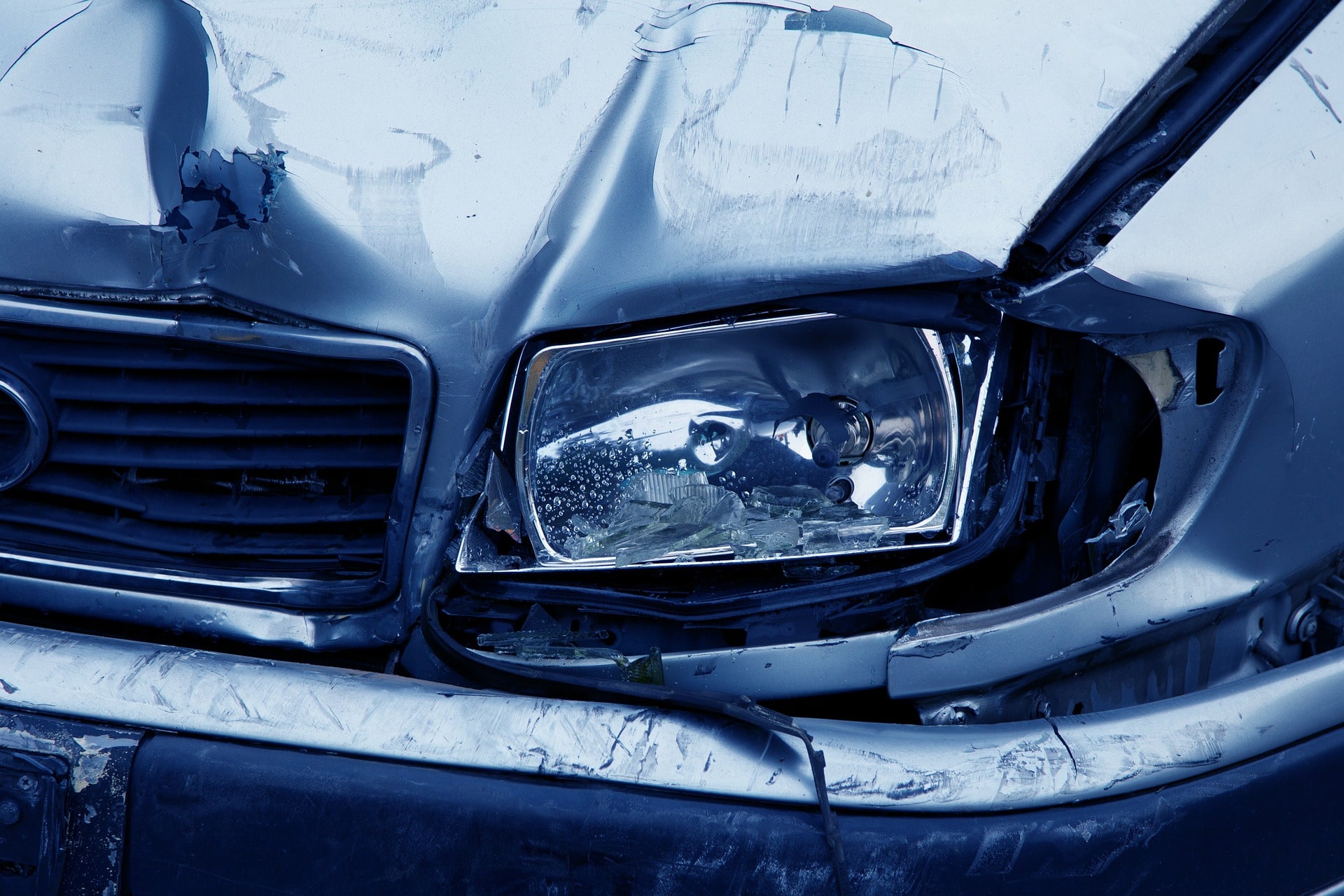
Driving home on “auto-pilot” with no memory of the trip is a common phenomenon—one that leaves vehicle operators unaware of potential hazards and collision risks. Driving a vehicle for 8 hours a day only compounds that risk.
- Ensure that all employees hold valid licenses before operating a vehicle and perform regular checks that all licenses remain in good standing.
- Perform proper maintenance on all company vehicles.
- Discourage multi-tasking while driving. Cell phone use and other distractions are a leading cause of vehicular accidents.
6. Falling Objects
There are two hazards when it comes to falling objects: height and weight. An excess of even one of these (a light object dropped from a great height, for example) can cause severe injury.
- Secure items in storage.
- Ensure that all shelving and storage equipment is sturdy and well maintained.
- Don’t overload shelving, pallets, or vehicles.
- Inform all employees and site visitors of areas with fall or drop hazards.
- Encourage employees and site visitors to wear hard hats and/or other protective gear in dangerous areas.
When it comes to falling object injuries, preventing the fall is more important than preventing the injury. Take steps to prevent loose items from falling rather than relying solely on protective gear.
7. Overuse or overexertion
According to the National Safety Council, overexertion is the #1 cause of all non-fatal workplace injuries requiring time off work. While you want your employees to work hard, there’s a difference between “giving it all you’ve got” and “giving until you literally can’t give any more.”
There may be another reason why overuse and overexertion injuries are so common. Because they occur over a certain period of time, most employees aren’t aware they were doing anything wrong until it’s too late (and by then, habits have set in).
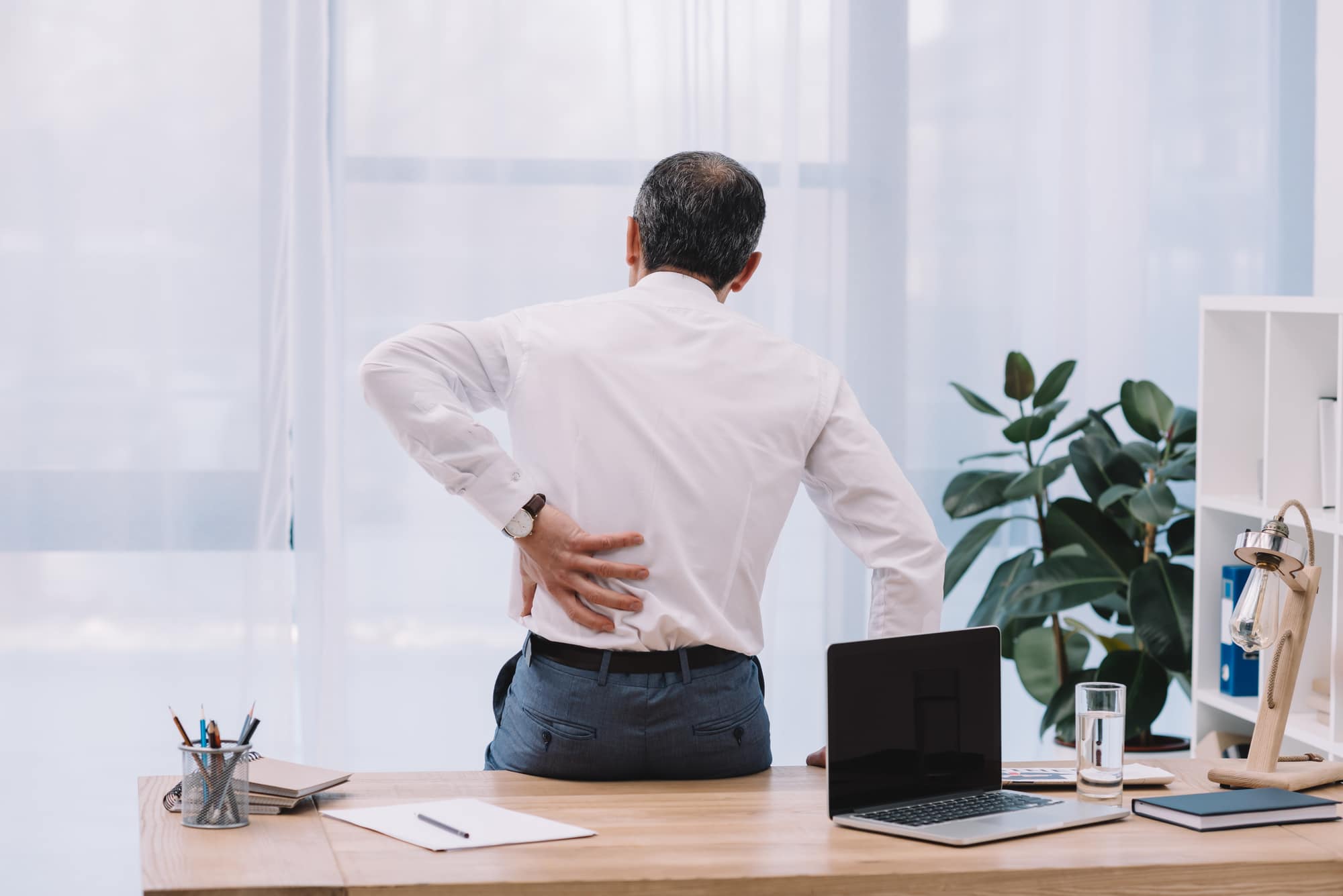
There is no one way to prevent all overexertion and overuse injuries, as every job position has different work duties. But you can follow a few guidelines to make sure employees aren’t overexerting themselves.
- Provide ergonomic workstations.
- Encourage employees to take breaks whenever needed.
- Encourage employees to vary their activities throughout the day. If they spend most of the day sitting down, encourage them to take walks during breaks. If they’re on their feet all day, encourage them to spend time resting.
- Train employees to recognize the signs of overexertion (fatigue, soreness, dehydration, difficulty breathing).
8. Toxins
Working with toxic substances isn’t always preventable, but injuries are.
If the job requires exposure to toxic chemicals or fumes, proper training and oversight are key. Make sure that all employees and visitors know that personal protective equipment (PPE) is non-negotiable and install redundant employee safety measures where applicable.
It’s also a good idea to research safer alternatives to toxic chemicals already in-use. In some cases, the benefits of switching products may be worth any extra cost.
9. Loud Noises
Excessive noise is more than an annoyance, it can result in injuries.
Listening to noises above 85 decibels (about as loud as a motorcycle) for an extended period of time can cause hearing loss and inner ear damage. And the louder the sound, the sooner this damage occurs.
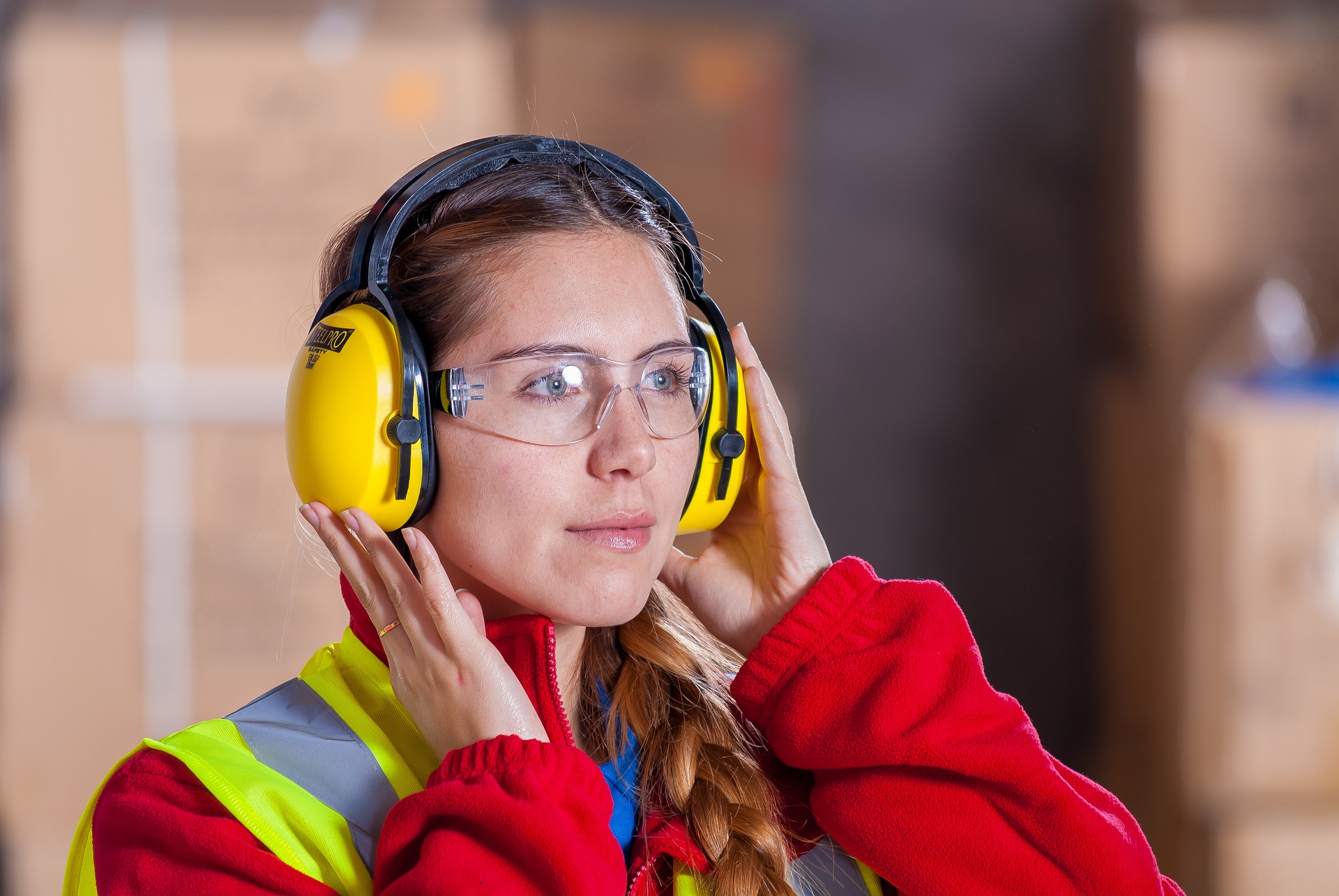
Measure the noise level of all work environments with a decibel meter. If they are 85 decibels or higher, make sure that all employees wear ear plugs and/or noise canceling headphones to prevent damage and/or hearing loss.
10. Physical Altercations
No company likes to admit it, but workplace violence is a common occurrence when a diverse group of people spends the majority of their day together. But that doesn’t mean that fights are unavoidable.
The key to preventing physical violence is creating a culture of community and acceptance. Send a clear message to all employees that harassment, threats, and other harmful behavior will not be tolerated (or covered by workers comp).
If conflict does arise, encourage employees to communicate the issue with a supervisor or HR. Letting disagreements fester will only increase the likelihood of a violent incident.
Workplace Injury Prevention Is Up to You
Preventing workplace injuries is the first step toward improving occupational safety and it is the company’s job to do so. They have a responsibility to keep employees safe while they’re hard at work.
By employing these workplace injury prevention strategies, you’ll not only reduce claims, you’ll increase productivity, improve morale, and help you run your business more effectively.
Every company is only as strong as its weakest link, and keeping your employees healthy makes everyone stronger. That’s why it’s so crucial that all of your employees—even seasonal workers that only come in for the holidays—are fully trained on all workplace safety procedures.
At The Law Office of Brian D. Tadros, we practice workers compensation law and only workers compensation law. If you have been injured at work or are facing a lawsuit as an uninsured employer, contact us today to schedule a free consultation so we can discuss your rights.
